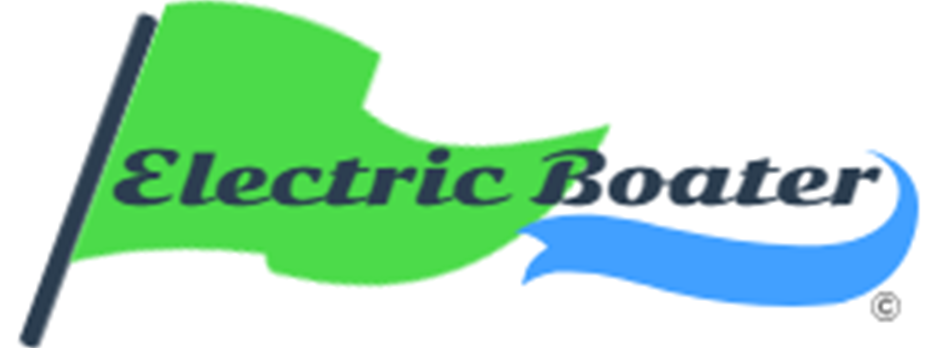
Electric Launches at the World’s Fair, Chicago – Fifty-five 36-foot launches were put into service from April 15, to October 31, 1893 carying 2,026,346 passengers on 66, 975 trips over 200, 925 miles
The concept of electric propulsion goes back to the 1800’s. The first documented production of electric boats was for the 1893 Columbia World’s Exposition in Chicago (later called just World’s Fair) when the Electric Launch Company, later renamed Elco, was formed the year before (1892) to build 55 electric launches providing rides to over a million passengers around the lagoons of the Exposition.
Despite the early success with electric, the desire for more power and longer distances were answered with innovations in steam, naphtha, gas, and diesel-powered internal combustion motors. Speed and power have served boaters well for many decades but with the price of noise, fumes, expensive fuel, maintenance and pollution. The introduction of four-cycle outboards and “clean-diesel” inboards has reduced pollution and noise, but many lakes and rivers are now restricted to electric-only with many more to follow each year as environmental awareness and restrictions gain traction. A growing population of boaters also favor the quieter and fume free rides and lower maintenance offered by electric. There never have been any perfect propulsion choices. From the paddles and oars preceding mechanical propulsion, right up to today’s high-tech hybrids, there are advantages and limitations for all.
With the advancement of energy storage a.k.a. batteries, and renewable energy sources, electrically-powered devices and vehicles are steadily gaining in everything from hand power tools and lawn mowers, to tractor trailers and aircraft. Electric drive systems in boats is part of the trend.
Just a decade ago, electric cars, busses and boats were laughed at and commercial aircraft was fantasy. Boat show visitors made jokes, asking how long an extension cord would be needed to run the motor. Things have had changed. The evolutionary acceptance of EV in the automotive industry is helping to advance acceptance for electric vessels (another EV) in the recreational market. People are learning what electric can do.
Some of the drivers are: the advancement of energy storage technologies; increased restrictions for boats on inland lakes increase and rivers; increasing pressure on manufacturers to meet stricter environmental standards; and a growing market of environmentally conscious buyers.
Presently electric propulsion works tremendously well in certain boating applications but falls short in others depending on the owner requirements. (Learn more about Range and Speed.) This is changing. EV propulsion systems are different from EV cars and trucks which take advantage of regenerative opportunities while underway. Regeneration doesn’t work in a boat because as throttle is pulled back, there is no “coasting” as speed is reduced. Some regeneration is possible while sailboats are underway, but trailing propellers produce nothing close to cars or trucks.
Alternative technologies in energy storage and possibly motor controls are needed for broader adoption. This is an exciting time to watch the developments, EV benefits for the environment over legacy power choices, and careers that will follow in sustainable industries.
Where does electric weigh in among the propulsion choices today? What do you think?

